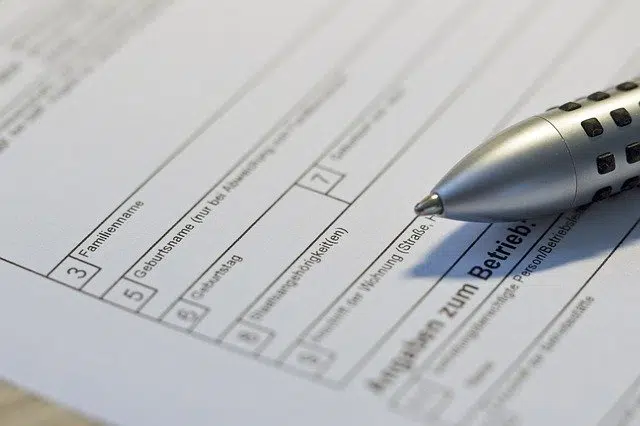
A form is a document with blank spaces to be completed.
Form is an adjective that is used to name that which belongs to or is related to formulas or formalism , or that which is done by formula . A formula, on the other hand, is a proposed means to execute something complicated or resolve a certain issue.
As a noun , a form is a form with blank spaces or a book containing formulas that must be observed for the execution of something. For example: “To register for the contest, you must complete this form and attach a photograph” , “The process will be closed when you submit form N569” , “I need a form to make a money transfer to Portugal, please” .
The form as a template
A form, therefore, is a template that must be filled out with certain data and that allows some type of procedure to be carried out. The data to complete varies according to each form.
A job application form may require you to enter your first and last name, age, education, work experience, and some references. A form to open a bank account, on the other hand, may ask for information such as occupation and monthly income.
The usual thing is that the forms present free spaces for the person to complete with their data. Sometimes you have to write the information (such as the name) while, in other cases, you only have to mark the most appropriate option with a cross or cross out the one that does not apply (in questions such as: Do you have social work? YES / NO ).

On the Internet, a form usually works as a means of contact.
The concept on the Internet
On the Internet , a form is a web page that allows the visitor to enter data that is sent to a server for processing.
It is worth mentioning that this type of document, which until a couple of decades ago was not so common outside the business environment, is almost omnipresent on the Internet: today, a large percentage of sites ask us to register to receive a personalized experience, and this is achieved by completing a form of varying length, although generally small.
Features of a digital form
A digital form presents a series of conveniences impossible to find in a printed version, such as the following:
* No matter how many errors are mentioned during the completion process, it is always possible to make corrections without leaving traces of the mistakes;
* thanks to elements such as drop-down lists , a digital form can take up much less space than its printed equivalent, since a single line can hide , for example, the names of all the countries in the world;
* Thanks to the degree of communication that the Internet offers us, obtaining a copy of a specific form could not be easier, since it is not necessary to leave home. It is worth mentioning that to carry out certain procedures in government agencies it is possible to download the required document or documents and print them on your own to fill them out before approaching the corresponding office;
* for people with vision problems it is possible to enlarge the font and any other element, so that they have the possibility of reading each field, each small letter, without having to ask for help;
* given that it exists within a work environment, that is, an operating system, a digital form can take advantage of the benefits of the program in which it was designed but also of others, through complements and extensions, which opens the doors to the import and export of data, both for automatic filling from a database and for the storage of information, once completed;
* allows mathematical calculations to be carried out, which avoids subsequent analysis work to resolve sections that contain numerical values that must be processed to obtain a result.
